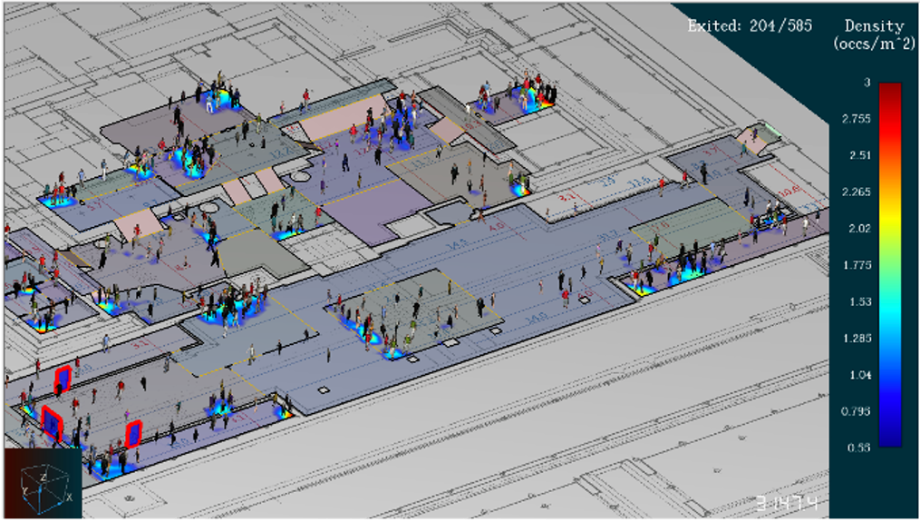Figure 1: Tourists visiting The Hall of Mental Cultivation, the Palace Museum, Beijing, China in 2015 before the 5-year Conservation Research Project (Image Source: Yajing Di)
As UNESCO World Heritage properties are usually also popular tourist destinations, it is crucial to monitor and manage the tourists to better conserve the heritage property. The impact of tourism is even listed as potential primary threats affecting the Outstanding Universal Value of World Heritage Properties[2].
A state-of-the-art measurement for managing tourists broadly applied around the world is an indicator named Tourism Carrying Capacity (TCC), which can be defined as “the maximum number of tourists that can be contained in a certain destination area”[3], considering both the issues of the negative impact of tourism on the site and the quality of the experience of tourists themselves. Two variations of TCC are usually mentioned by literature and practitioners, namely the maximum TCC (”最大承载量” in Chinese) aiming at not harming the heritage site, and the suitable TCC (”最佳承载量” in Chinese) trying to ensure a reasonably comfortable experience and perception for visitors.
The two standards have been applied in the UNESCO World Heritage property the Palace Museum (also known as the Forbidden City, “故宫博物院“ in Chinese), Beijing, China[4] to monitor the property and ensure the security of both architectural heritage and the visitors[5]. One of the most important acts that the Palace Museum took based on the calculation of TCC was the decision to set the daily reservation limit of visitors to 80,000 in June 2015, responding to the potential overload of visitation[6].
Taking the chance of a five-year-long conservation project in the Hall of Mental Cultivation (”养心殿” in Chinese), the Palace Museum intends to develop a finer-grained touring program that ensures the security of heritage and the experience of visitors in a finer spatiotemporal resolution[7]. This research conducted in the summer of 2019 with the Department of Architectural Heritage discovered the possibility of using Agent-based Simulation Models to manage the tourist flows. A fine-grained touring program was designed, verified and adjusted based on a dynamic TCC evaluation to avoid overcrowding and long queues all around the Hall at any moment. The finding of this research provides a starting point for planning the future exhibitions in the Hall.
The proposed touring program still needs more feasibility check considering various difficulties in reality, and it needs to be further validated with more real-time data after the reopening of the Hall. However, this paradigm shift from a static magic-number-based approach to a finer-grained dynamic approach of TCC calculation could be a chance for more effective heritage management in the near future for the post-Covid society.

For more details of this research, check the original publication, as well as the video presentation below:
References
[1] Based on the conference proceedings Bai, N., Nourian, P., Xie, A., & Roders, A. P. (2020). Towards a finer heritage management: Evaluating the tourism carrying capacity using an agent-based model. In D. Holzer, W. Nakapan, A. Globa, & I. Koh (Eds.), Proceedings of the 25th International Conference on Computer-Aided Architectural Design Research in Asia, CAADRIA 2020: RE: Anthropocene, Design in the Age of Humans (pp. 305-314). The Association for Computer-Aided Architectural Design Research in Asia (CAADRIA).
[2] http://whc.unesco.org/en/factors/
[3] O’Reilly, A.M.: 1986, Tourism carrying capacity. Concept and issues, Tourism Management, 7(4), 254-258.
[4] https://whc.unesco.org/en/list/439
[5] https://en.dpm.org.cn/about/departments/2016-11-04/2531.html
[6] https://en.dpm.org.cn/about/news/2015-06-12/2105.html
[7] Shan, J.: 2018, Practicing the Establishment of Research-Oriented Preservation Mechanism on Classic Architecture in the Forbidden City Notes on the Commencement of Research-Oriented Preservation Project of Hall of Mental Cultivation(Yangxin Palace) (in Chinese), Architectural Journal, 10, 12-17.
[8] https://www.thunderheadeng.com/pathfinder/

